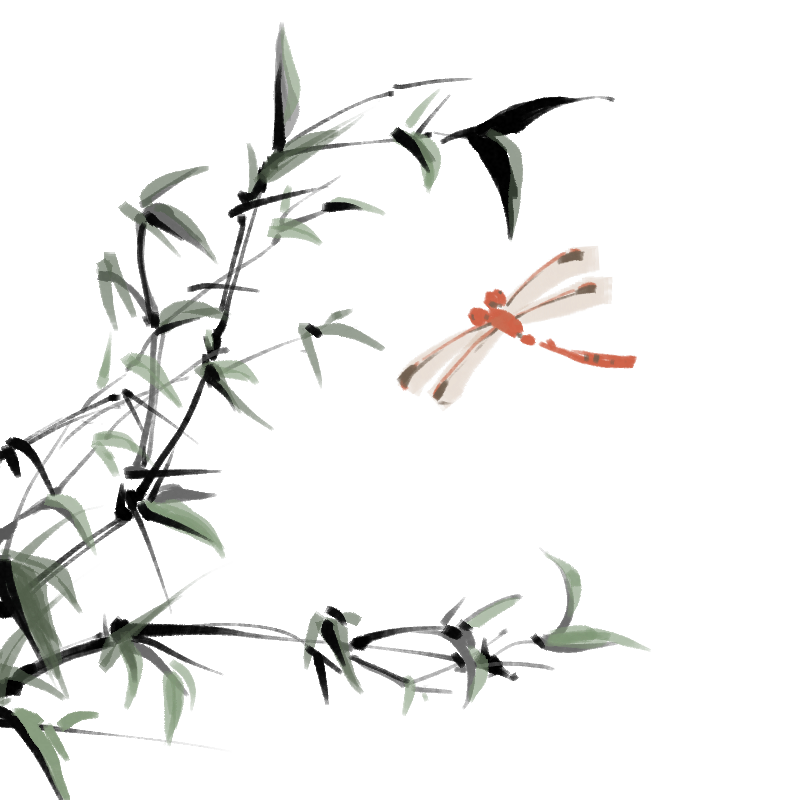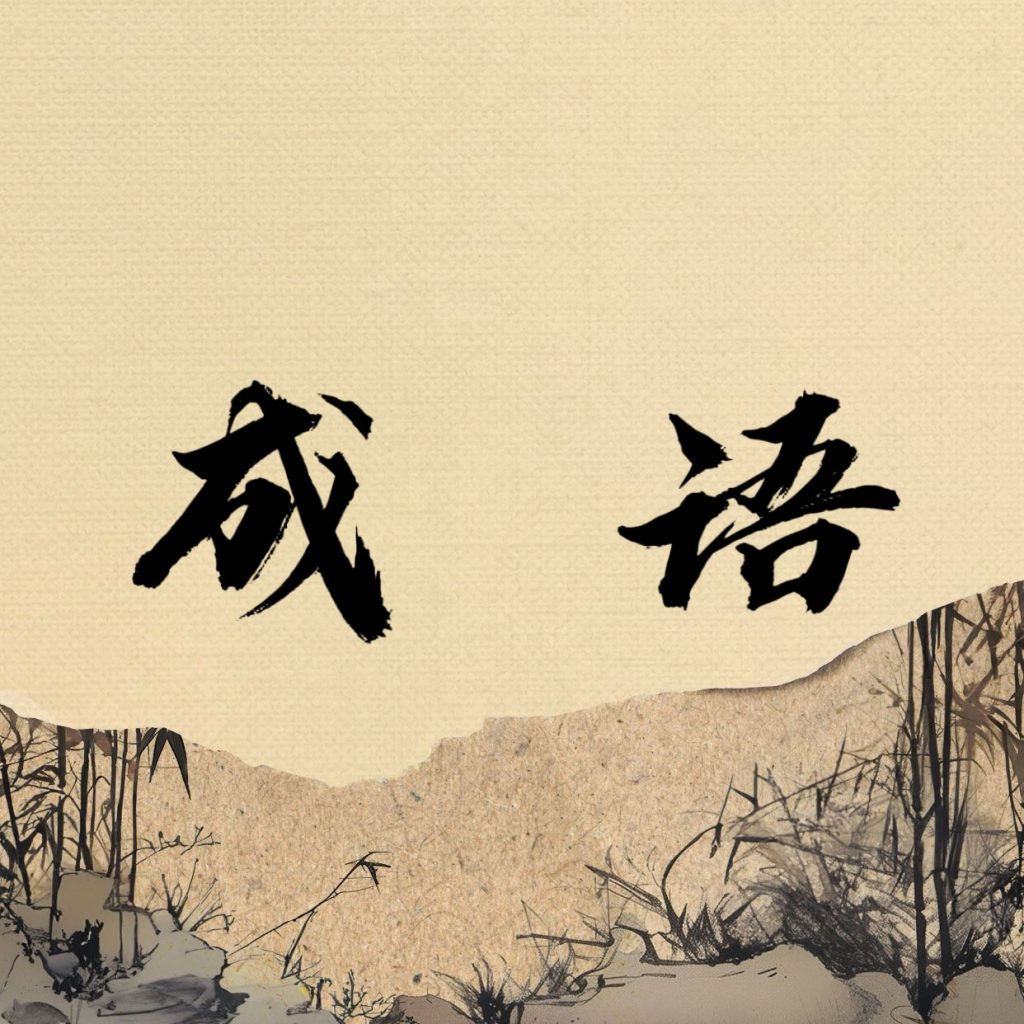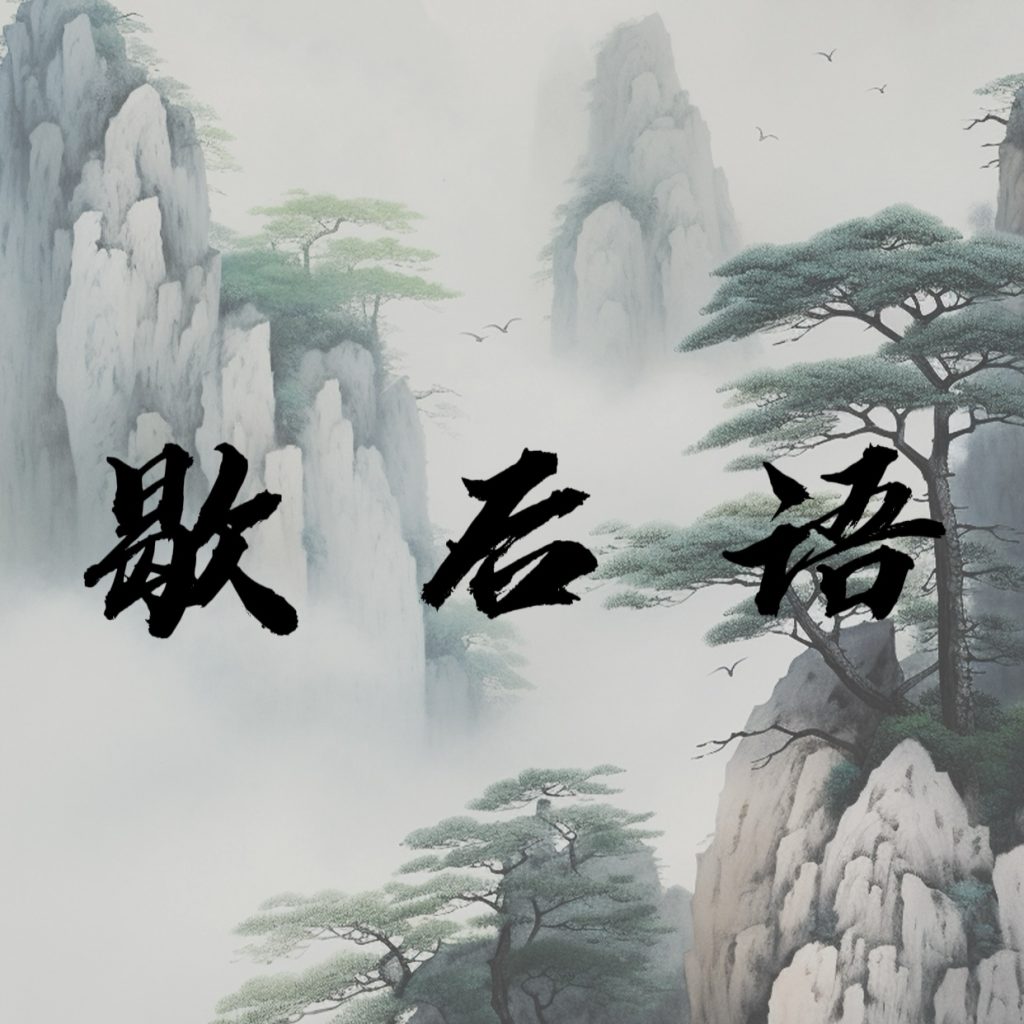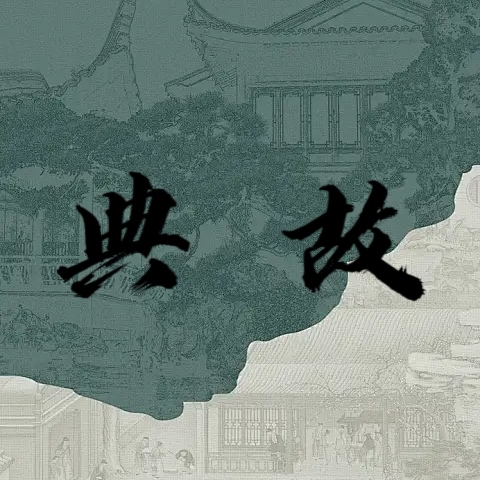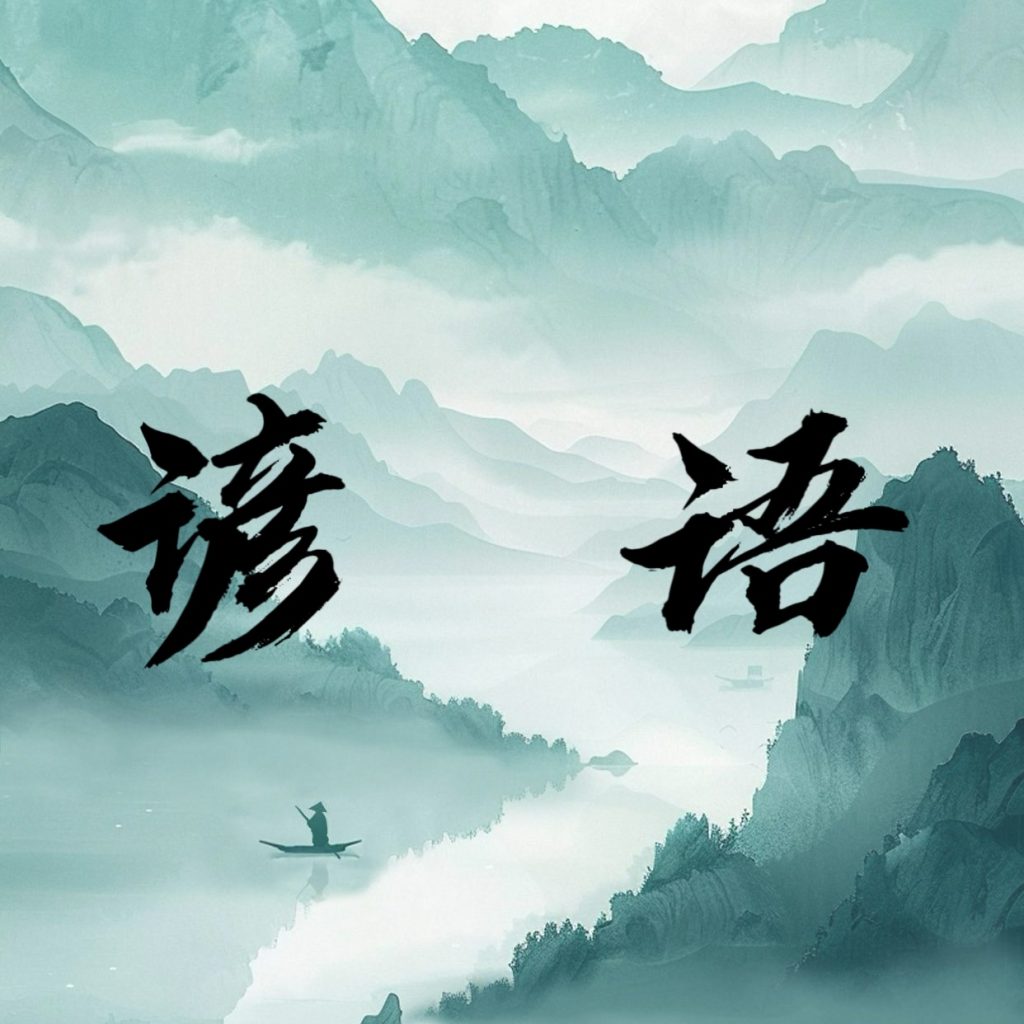文章精选 | Latest News
近年来,全球范围内学习中文的人数显著增加。截至2023年4月,已有超过180个国家和地区开设了中文课程,其中82个将中文纳入其国家教育体系。 全球共有超过3000万人正在积极学习中文。 这一趋势凸显了中国在全球文化和经济领域日益增长的影响力。
In recent years, there has been a significant surge in the number of individuals worldwide engaging in Chinese language studies. Globally, more than 30 million people are actively learning Chinese. This growing interest underscores the increasing recognition of China’s cultural and economic influence on the global stage.
成语、谚语、歇后语虽然都是汉语中的固定表达,但它们的来源、结构和使用场景各不相同。这篇文章将对比分析它们的异同,并举例说明。
The Chinese language, with its millennia-old history, boasts distinctive expressive features that set it apart from many other languages. These unique characteristics are evident in its imagery-based expressions, the efficiency of four-character idioms (Chengyu), and its unparalleled cultural significance.
成语、谚语、歇后语虽然都是汉语中的固定表达,但它们的来源、结构和使用场景各不相同。这篇文章将对比分析它们的异同,并举例说明。
Idioms,proverbs,and puns are all fixed expressions in the Chinese language,but they differ in their origin,structure,and usage.This article aims to compare and analyze their similarities and differences,providing examples to illustrate these distinctions.
成语与谚语是中文表达中最凝练、最富文化内涵的形式之一。它们源自古代文学、历史与民间智慧,既是语言工具,也是中国哲学与社会价值观的承载体。在当代社会中,这些古老的表达方式并未失去光彩,反而在商业、公关、文学创作和社交媒体等领域中展现出新的生命力。
Idioms (成语) and proverbs (谚语) are among the most condensed and culturally rich forms of expression in the Chinese language. Rooted in ancient literature, history, and folk wisdom, they serve not only as linguistic tools but also as vessels of Chinese philosophy and social values. In modern Chinese society, far from being relics of the past, idioms and proverbs continue to demonstrate their vitality, finding new relevance in fields such as business communication, public relations, literature, and social media.
汉字不仅是一种文字系统,更是一种融合了哲学、美学与世界观的视觉语言。从最初的象形图画发展到复杂的表意体系,汉字历经千年演变,但始终承载着中国文化的深层意象。通过追溯汉字的演变过程,特别是象形字的形成与意义,我们可以更深入地理解中国古代文明如何感知自然与宇宙。
Chinese characters are not merely a writing system; they are a profound visual representation of Chinese philosophy, aesthetics, and worldview. Originating from ancient pictographs, Chinese characters evolved over millennia, transforming from simple images to complex logograms. Throughout this journey, they have continued to reflect the way ancient Chinese people perceived nature, society, and the cosmos. By tracing the evolution of characters—especially pictographs—we can better understand the cultural imagination embedded within the Chinese language.
